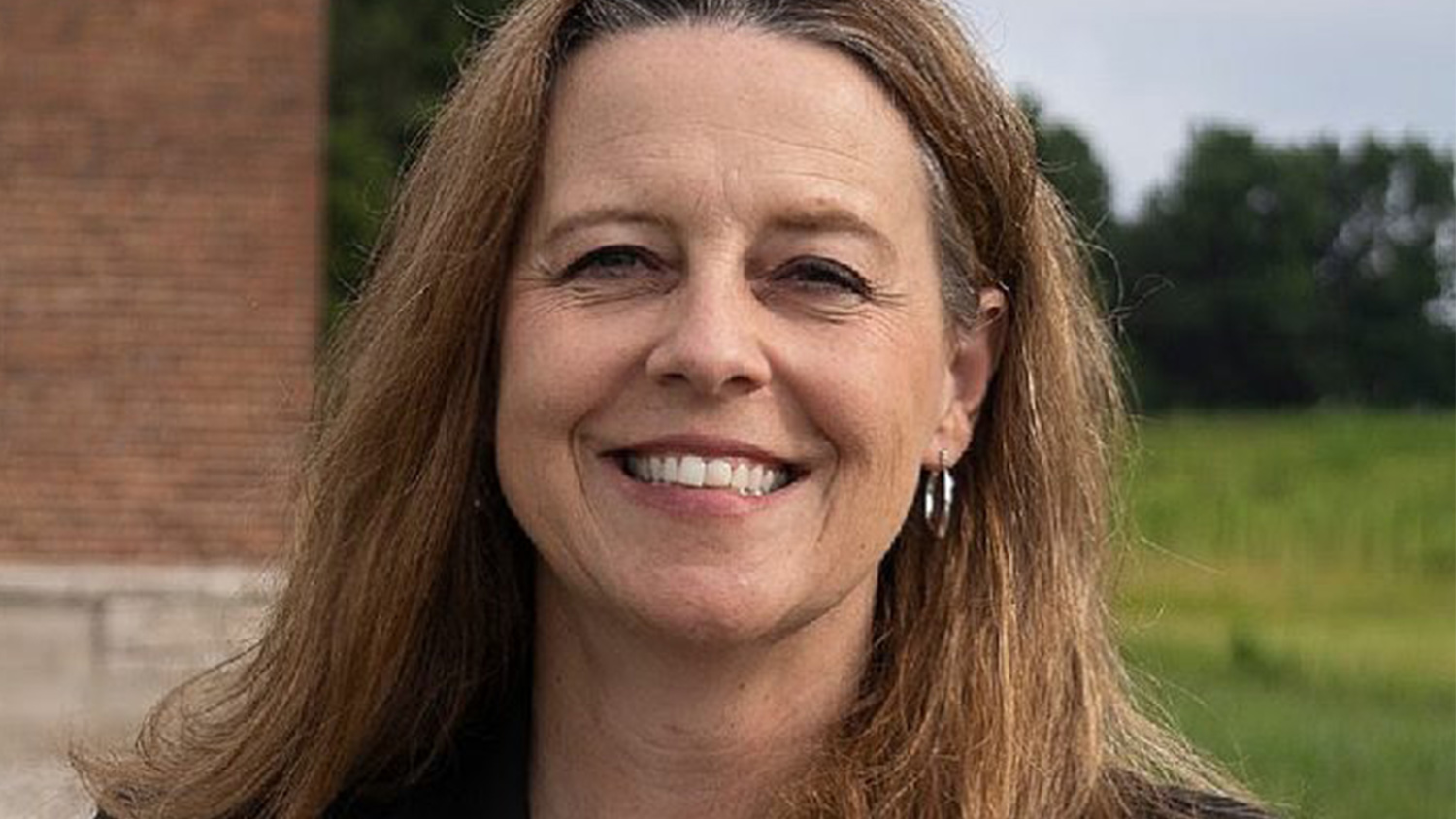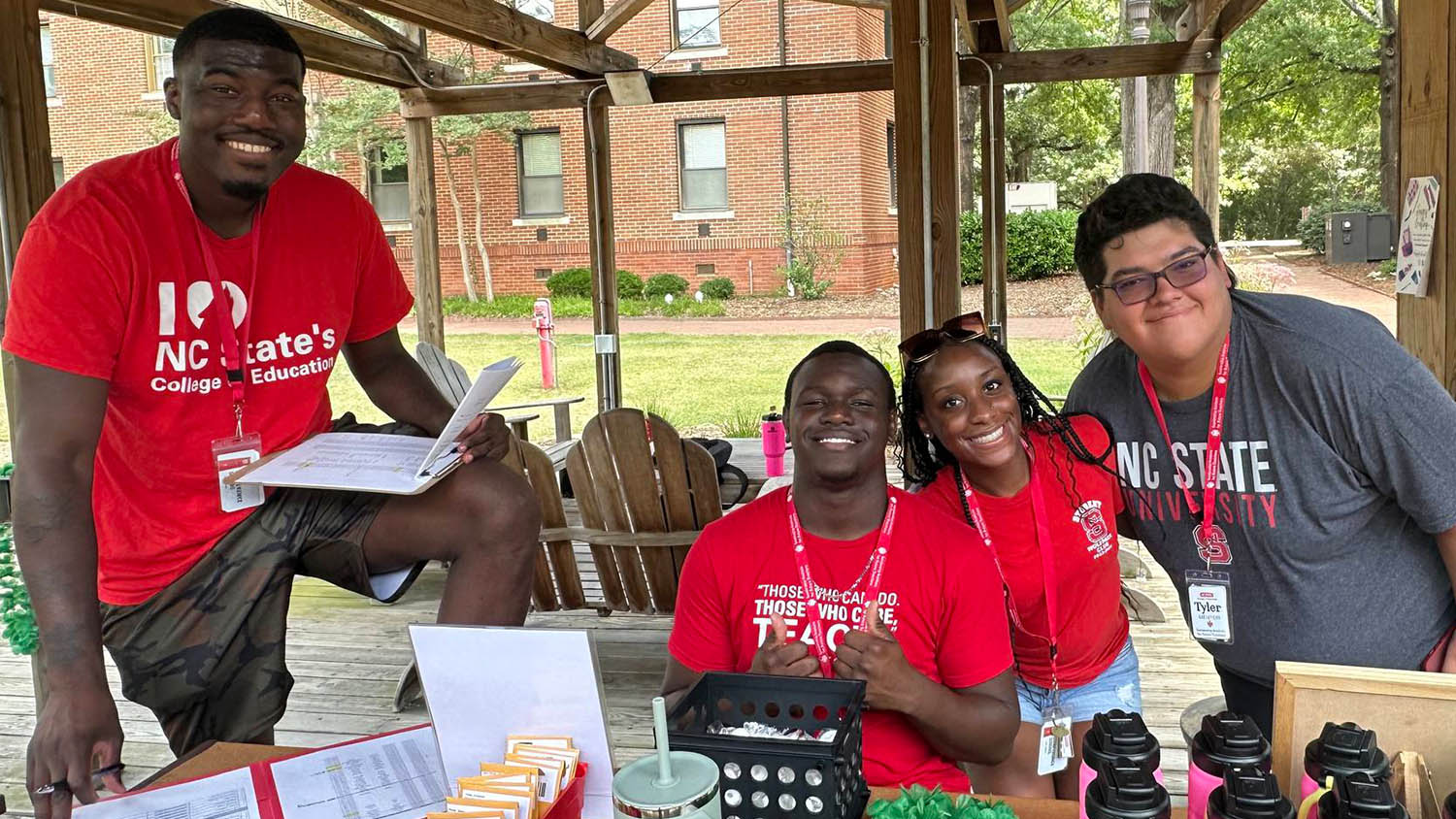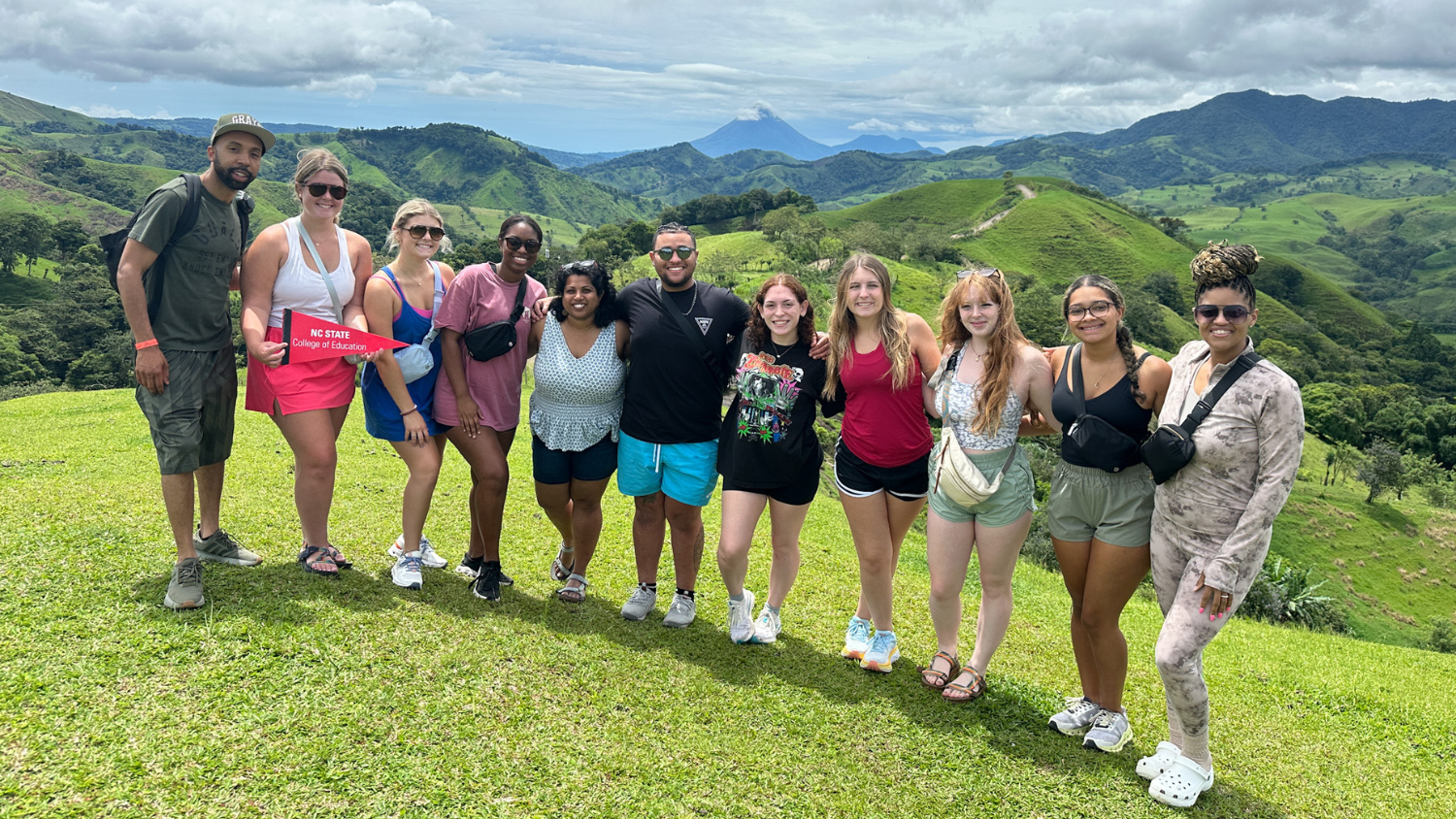Associate Dean and Friday Institute Executive Director Carla C. Johnson on STEM Education, What Shaped Her Work and Astronaut Buzz Aldrin

Carla C. Johnson, Ph.D., began her role as the executive director of the Friday Institute and associate dean at the NC State College of Education April 30. She provides strategic direction and leadership for the Friday Institute, including expanding and sustaining its success and operation in North Carolina and beyond.
Previously, she was a special advisor to the dean of the Purdue Polytechnic Institute on P16 STEM, executive director of Indiana GEAR UP and professor of science education at Purdue University.
Johnson shared how she became interested in STEM education, what shaped her work and how she began working with astronaut Buzz Aldrin.
How did your personal experience in education shape your work and research?
I grew up in one of the smallest counties in southeastern Kentucky. I didn’t have access to advanced placement courses, and a school counselor didn’t speak with me about college until my senior year when I moved to a large city in the state. Even then, I was left on my own to decide my career path without much guidance other than knowing I would go to college.
When I began teaching, I saw some teachers who were disengaging students in science with the traditional methods they employed to deliver the content. When I started my doctoral program, I knew I wanted to devote my career to addressing these challenges within the system. The majority of my work has been research on teacher quality and securing grants to support schools to reform their teaching and improve student learning.
Your research and work since joining higher education has focused on STEM education. Why STEM education?
I am a former science teacher, so it was a natural transition to become highly interested in STEM. I was hired to start a STEM center; I brought together a group of faculty and quickly learned that we had multiple ways of defining what STEM was. We conducted a study to find out “What is STEM and how does it impact your life?” We found that most people who worked in higher education that participated in our study didn’t think STEM influenced them and didn’t have a basic understanding of what the acronym stood for.
I saw STEM originally as a way to get more science instruction back into schools. With No Child Left Behind, the teaching of science was greatly diminished in many schools across our nation due to the increased accountability for reading and mathematics.
Over a short time, I learned more about the potential that integrated STEM has and how this approach could transform teaching and learning across the curriculum. A STEM focus within schools or programs provides important opportunities for students to master 21st Century Skills including problem solving, communication, critical thinking, leadership and collaboration.
For all these reasons, I have become a strong advocate for integrated STEM, which I consider to be best-practice STEM in schools. Research has revealed direct connections between integrated STEM and student outcomes, student interest and student success.
What keeps you up at night about education?
There continues to be an opportunity gap in the U.S. where not all students are receiving access to high-quality teaching and learning experiences. This is even more true for children from rural and urban areas and low socio-economic backgrounds. This keeps me up at night and has been the reason why recent things I have led have had the goal of addressing this gap.
We also have a research-to-practice gap, where teachers are not receiving data from the findings on what works in education to use to inform their teaching. I believe the Friday Institute is focused on both of these gaps, and this is why I am very honored and excited to be a part of the important work of this organization.
How did you convince Buzz Aldrin to co-author a book with you?
I met Buzz Aldrin in 2016 one evening in a restaurant during his visit to the Purdue College of Engineering. We talked and I learned about his focus on STEM education philanthropy through his ShareSpace Foundation. We stayed connected afterward, and I volunteered as his chief education advisor for a couple of years.
We had a conversation one day about his desire to get more students to go into aerospace-focused degrees and careers and for all students to have the opportunity to experience a STEM-focused curriculum. I told him the best way to communicate his message was through a book that targeted parents, policymakers and the community.
What project are you working on now that really excites you?
I am leading the national STEM Road Map project with a group of over 20 outstanding STEM education researchers across the U.S. The goal was to develop low-cost resources for teachers interested in implementing STEM within their teaching who may or may not have local support.
Our project started in 2013 with the mapping of standards, development of STEM themes and construction of 32 integrated STEM, problem-based curriculum modules for grades K-12. Today, we have 12 books published in partnership with the National Science Teachers Association (NSTA). Twenty more will be coming out between now and 2021.
- Categories:


